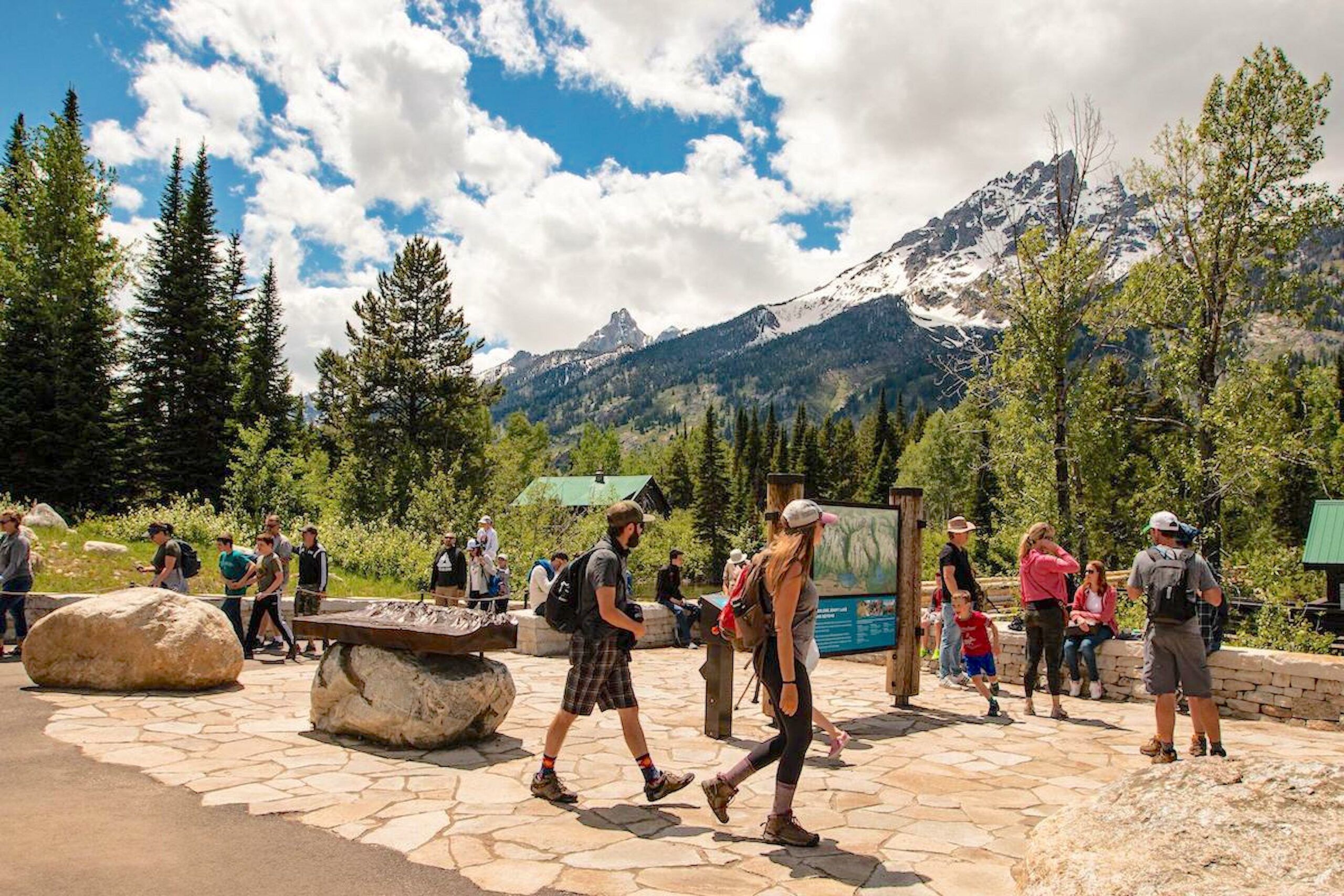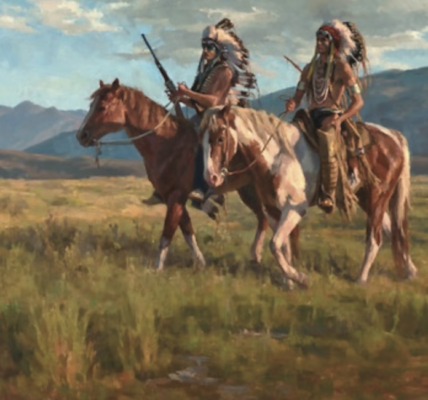Contemplating growing crowds, Grand Teton National Park wants to hear from you

• Park seeks comment on ‘visitor use and experience’ as part of process to design for the future.
By Katie Klingsporn, WyoFile.com
With all signs pointing to more people clamoring to hike Grand Teton National Park’s iconic trails, drink in its majestic views and find parking in its crowded lots, the park’s administration is thinking about how best to approach the future.
And it’s hoping for public feedback to help guide its decisions.
The park is soliciting public input through Aug. 12 on draft desired conditions for the park and specific management areas. The public can learn about the process via a special webpage, or comment here.
There will also be opportunities to learn about it and ask questions at the following meetings:
In-person: July 16, 4-6 p.m., Teton County Library in Jackson.
Virtual: July 23, 4-5 p.m., via National Park Service’s Planning, Environment and Public Comment (PEPC) website.
Grand Teton will use the feedback to better understand public perceptions as it weighs how to manage growing visitation and ensure quality experiences. Neither it nor its neighbor Yellowstone has indicated plans to employ drastic management tools like timed entries, ticketed entries or shuttles — which national parks like Yosemite, Zion and Glacier have utilized to try to get a handle on enormous visitation volumes.
Accelerating trends
Grand Teton National Park’s current comment process allows the public to share their visions of the kinds of resource protections, infrastructure and services they would like to see in the park’s various areas. It allows people to comment on specific quadrants — such as road corridors like Teton Park Road; fully developed “frontcountry” points like Colter Bay or the Taggart Lake trailhead; or primitive backcountry areas with trails but few to no services.
Identifying the public’s desires helps officials strategically meet park needs, according to its webpage. That framework also includes management decisions and monitoring. It’s the park’s obligation, via the National Parks and Recreation Act of 1978, to address visitor capacity.
Though only Grand Teton is soliciting input, it’s nearly impossible to disentangle its fate from neighboring park Yellowstone. Managing visitation in both has always been top of mind for park administrators, but growth spurts in recent decades have underscored challenges of what happens when millions of visitors pour in each year.
Visitation was relatively steady for much of the 1990s-2000s, but that began to change in the mid-2010s, fueled by factors such as the 2016 “Find Your Park” campaign, the growth of the outdoor recreation industry and the 2017 solar eclipse. The COVID-19 pandemic further accelerated the trend.
Both parks reported record visitation in 2021 — 4.9 million visits to Yellowstone, and 3.9 million to Grand Teton. Visitations dipped in 2022, the year that historic floods devastated areas in Yellowstone, but bounced back in 2023 to 4.5 million and 3.4 million, respectively.
Though both parks have implemented measures like camping reservations, vehicle limits at crowded lots and a pilot shuttle system, they have yet to adopt more drastic tools like timed-entry systems that Arches and Rocky Mountain National Parks have recently taken on.
However, growth does not appear to be slowing. Yellowstone tallied 522,450 visits in May, up 15% from May 2023 and a 10% increase from May 2021.
In 2023, the U.S. outdoor recreation participant base grew 4.1% to a record 175.8 million participants, according to a 2024 Outdoor Foundation report.
Studies, trials
Grand Teton National Park in 2021 studied traffic patterns, trail-use numbers and visitor experiences, releasing a report the following year. Yellowstone conducted a visitor-use study in 2016. Since then, Yellowstone piloted controlled-visitor access at Norris as well as an automated vehicle shuttle in Canyon Village.
In 2023, superintendents of both parks indicated that traffic patterns and the geography of the parks — both have multiple entrances, giving visitors multiple options on entering and exiting — make transitioning to shuttle systems unlikely.
That summer, Grand Teton park staff asked the general public for input on how they visit the park and what their experiences have been, receiving 446 comments. When asked about challenges, respondents cited finding lodging that isn’t too expensive, the park being too crowded, long lines at entrance stations and not enough parking, according to a 2024 state of the park report.
In a separate effort, Grand Teton National Park in late 2023 launched a master planning process for Colter Bay, which sits on Jackson Lake in the northern part of the park. Colter Bay was originally built in the 1950s but is “increasingly unable to accommodate growing and diverse visitation, changing environmental conditions, and staffing required to maintain and operate this area of the park,” according to related documents.
The park collected public feedback on that process, which will be analyzed per the National Environmental Policy Act.
WyoFile is an independent nonprofit news organization focused on Wyoming people, places and policy.





